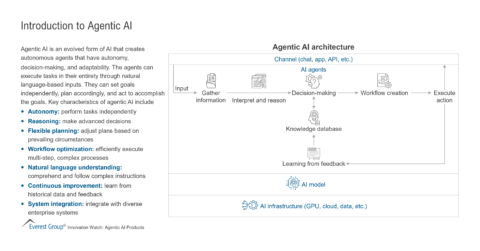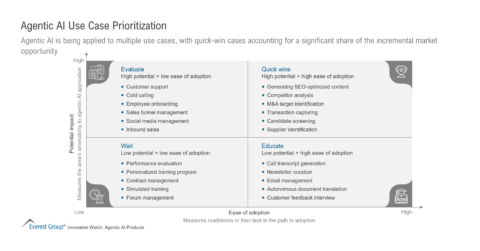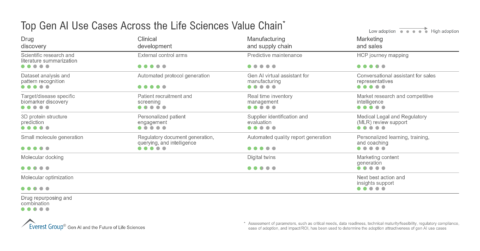Reimagine growth at Elevate – Dallas 2025. See the Agenda.
Filter
Displaying 31-40 of 412
Sourcing for Marketing & Experience Services: Key Considerations | LinkedIn Live
On-Demand LinkedIn Live
1 hour
The Evolution of Next-gen Customer Engagement Platforms | LinkedIn Live
On-Demand LinkedIn Live
1 hour
The Role of Technology in Advancing Member and Patient Engagement | LinkedIn Live
On-Demand LinkedIn Live
1 hour











